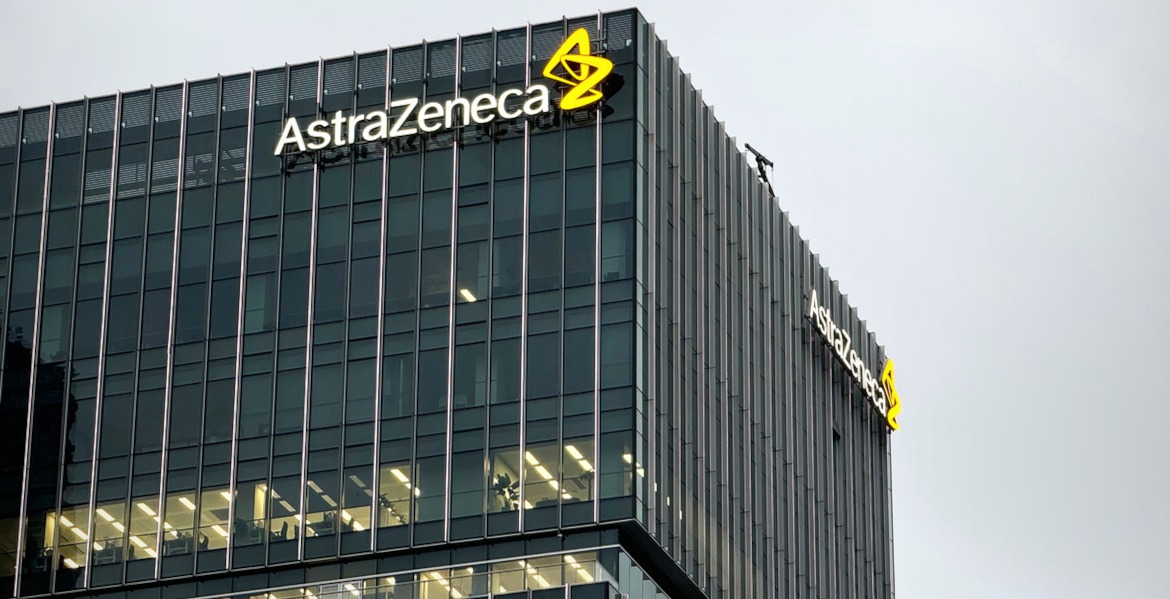AstraZeneca plans to invest $50 billion in the USA. The investment comes in the wake of Donald Trump's threats of import tariffs, and includes a new pharmaceutical factory in Virginia.
The Swedish-British pharmaceutical company announced on Monday that the plan is to reach an annual revenue of $80 billion by 2030, where half of the revenue should come from the USA. To achieve this, the company will invest $50 billion, on American soil, announced CEO Pascal Soriot during a visit to Washington, writes Reuters.
The investment includes a new pharmaceutical factory in the state of Virginia, which will also become AstraZeneca's largest single manufacturing investment ever. Furthermore, it also includes expansions in Maryland, Texas and Massachusetts.
Threat of import tariffs
The investment in the country is the latest in a series of similar measures from other pharmaceutical companies after President Donald Trump threatened import tariffs and expressed demands for increased domestic production. Trump has repeatedly threatened tariffs on the pharmaceutical sector, but signaled earlier this month that companies would have one to 18 months to "get their act together" before any fees take effect.
Among others, pharmaceutical company Johnson & Johnson, which operates in over 150 countries, also plans to invest $55 billion in the country over the next four years. The Swiss company Roche also plans to invest $50 billion in the USA.
Already last year, the USA accounted for more than 40 percent of AstraZeneca's revenue. In total, the company currently has 19 facilities and offices in the USA with over 18,000 employees.




